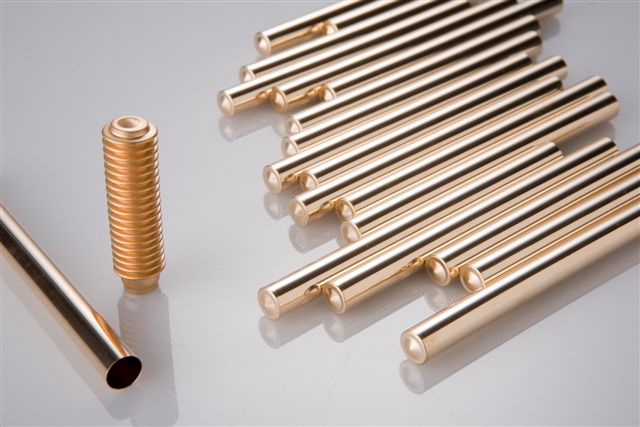|
Metal Expansion Joint
Metal expansion joints (also called compensators) are compensating elements for thermal expansion and relative movement in pipelines, containers and machines. They consist of one or more metal bellows, connectors at both ends, and tie rods that depend on the application. They are differentiated according to the three basic types of movement: axial, angular and lateral expansion joints. Expansion joints have usage in various sectors, like energy productions, paper industry, chemical industry, water treatment, oil and gas. Everywhere where exist pipelines and occurs thermal movements or vibration, then expansion joints can be used. The origins Emil Witzenmann was considered the inventor of expansion joints. In 1920, he applied for a patent for the first so-called flexible metal tube expansion joint, German Reichspatent No. 367 185, from 29 July 1920. From a technical point of view, this precursor of today's expansion joints is a large, pressure-tight flexible metal hose with ... [...More Info...] [...Related Items...] OR: [Wikipedia] [Google] [Baidu] |
Metal Bellows
Metal bellows are elastic vessels that can be compressed when pressure is applied to the outside of the vessel, or extended under vacuum. When the pressure or vacuum is released, the bellows will return to its original shape, provided the material has not been stressed past its yield strength. They are used both for their ability to deform under pressure and to provide a hermetic seal that allows movement. Precision bellows technology of the 20th and 21st century is centered on metal bellows with less demanding applications using ones made of rubber and plastic. These products bear little resemblance to the original leather bellows used traditionally in fireplaces and forges. Types There are three main types of metal bellows: formed, welded and electroformed. Formed bellows are produced by reworking tubes, normally produced by deep drawing, with a variety of processes, including cold forming (rolling), and hydroforming. They are also called convoluted bellows or sylphons. We ... [...More Info...] [...Related Items...] OR: [Wikipedia] [Google] [Baidu] |
Metal Hose
A metal hose is a flexible metal line element. There are two basic types of metal hose that differ in their design and application: stripwound hoses and corrugated hoses. Stripwound hoses have a high mechanical strength (e.g. tensile strength and tear strength). Corrugated hoses can withstand high pressure and provide maximum leak tightness on account of their material. Corrugated hoses also exhibit corrosion resistance and pressure tightness under the most extreme conditions, such as in aggressive seawater or at extreme temperatures such as found in space or when transporting cooled liquid gas. They are particularly well suited for conveying hot and cold substances. With a history of more than one hundred years, metal hoses have given rise to other flexible line elements, including metal expansion joints, metal bellows and semi-flexible and flexible metal pipes. In Germany alone, there are about 3500 patents relating to metal hoses. The origins The first metal hose was techn ... [...More Info...] [...Related Items...] OR: [Wikipedia] [Google] [Baidu] |


